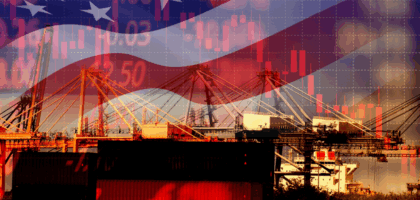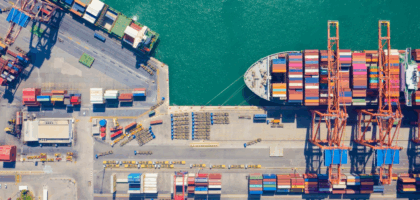As peak season for 2021 approaches, cargo owners’ worst fears of skyrocketing ocean freight charges are coming true with announcements of General Rate Increases (GRIs) and Peak Season Surcharges (PSSs) from multiple carriers.
Background
Since January, record volume, delays, container repositioning challenges and extreme port congestion on the U.S. West Coast have led to annual contract negotiations between container carriers and shippers with spot rates at multi-year highs and space on ships at a premium. COVID-related port shutdowns in China and increasing infections in manufacturing centers around Asia are continuing to exacerbate the problems, in spite of hopes that as vaccinations increased, pressures on transportation and supply would decrease.
COVID-driven supply chain issues have been highly disruptive to U.S. importers’ transport timelines. Import demand has been robust and disruptions to both manufacturing and transportation have served to decrease effective capacity of ships and box equipment.
Current Status
For cargo shippers, current conditions have led to a one-two punch of exceptionally high transport costs and exceptionally poor service. Daily rates from China to the U.S. West Coast were up 66% since January and more than 400% since the beginning of 2020, according to the Freightos Baltic Index. Spot rates from Asia to Northern Europe were up 92% and 480%, respectively, over the same periods.
Data from Denmark-based Sea-Intelligence ApS show that in the first five months of this year, more than 400 ships on the trans-Pacific trade lanes and 140 from Asia to Europe were late by more than two weeks. That compares with 388 and 69 ships on the same routes, respectively, for the combined years from 2012 to 2020. On top of standard rates, with the advent of 2021’s peak shipping season, steamship lines have begun to announce General Rate Increases, Peak Season Surcharges and Congestion Surcharges pushing already-high rates even higher.
Container line Hapag-Lloyd, for example, will apply a $5,000-per-FEU surcharge for trans-Pacific eastbound shipments starting in mid-August, and other carriers are formalizing similar fees. Maersk/Sealand has published GRI’s between $1,500 and $3,000 for the routes between North and South America. APL has announced Peak Season Surcharges of $500 – $1,000 per container, with base rates increasing by $2,450 – $3,650. Mediterranean Shipping Company’s base rates are going up by $1,000, and the Ocean Network Express (ONE) has a peak season surcharge between $1,000-$2,000. These examples are not inclusive of all the charges, and some lines are announcing back-to-back rate increases both at the beginning and in the middle of August. If increases are to come in September as well, they will be announced soon.
Impact
The consensus among logistics executives is that the transportation crunch won’t ease before the Chinese Lunar New Year next February. Robert Khachatryan, founder of Freight Right Global Logistics feels that “This isn’t even an ocean capacity issue, it’s an infrastructure capacity issue. Even before we get to peak season, the Port of Los Angeles is operating at about 160% capacity, so it doesn’t matter how many ships you add, the problem is not going away. The demand needs to go down by 60-70% for us to see a real improvement.”
More immediately, the National Retail Federation is projecting import volumes at U.S. ports to spike in August at the front end of the traditional peak season, indicating to many industry observers that importers are placing orders early to avoid delays of holiday merchandise. Ocean imports are expected to taper in the fall, but with double-digit increases compared to 2019, the decline isn’t likely to significantly reduce rates or delays.
Analysts expect rates to increase further in the coming weeks and with trade growth forecast to exceed fleet growth there won’t be much relief in supply until new builds start to hit the water in 2023. As for the long-term future of container rates, Robert Khachatryan has predicted they won’t return to the low levels from before the pandemic. “It will probably settle above $5,000 per FEU. And, in reality that’s the true market rate, where ocean carriers don’t lose money. You can’t have such a vital part of the industry constantly operate at a loss.
Resources:
- How COVID Variants Could Impact Container and Tanker Shipping (American Shipper)
- Shipper Fury as Container Freight Rates Soar (The Loadstar)
- Are you shipping me?!? $32,000 container move from China to LA (FreightWaves)
- Fight for trans-Pacific vessel space intensifying (JOC)
- South Asia faces the heat as container crisis deepens on long-haul rates (S&P Global)



